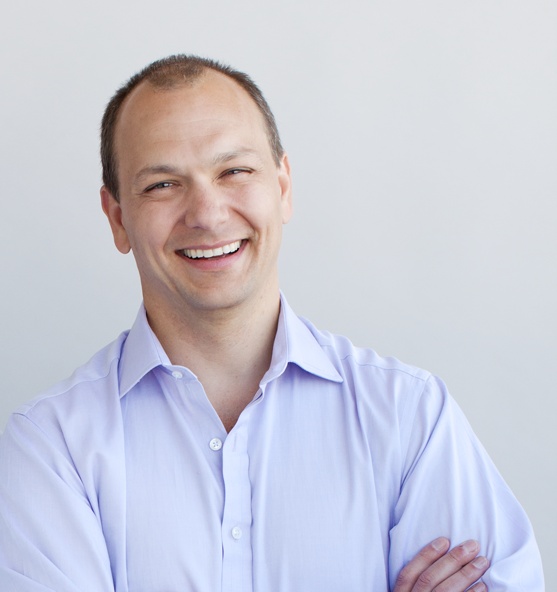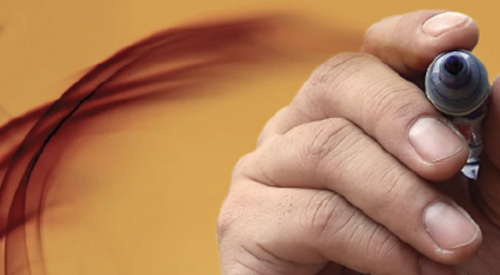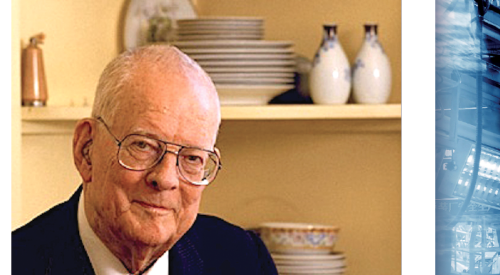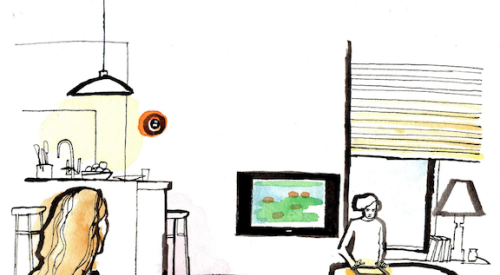Chances are, you’ve never heard of Tony Fadell. But I would bet a very large sum of money (okay, $100) that you’ve heard of his most notable creation. As a young computer science engineer out of the University of Michigan in the 1990s, Fadell was instrumental in the design and development of half a dozen consumer electronic products, including early versions of the tablet computer and PDAs.
But it wasn’t until early 2001 that Fadell would make his mark on the consumer electronics world and, in turn, transform a floundering tech giant into one of the world’s most successful and revered companies. It was then that Steve Jobs hired Fadell to assemble and head up Apple’s then top-secret audio products group.
Less than six months later, Fadell and his team introduced the iPod to the world and single handedly transformed the MP3 market with its simple, sleek, contemporary design and incredibly intuitive interface. He would spend the next seven years at Apple, continually inventing and reinventing the iPod, winning over the hearts (and pocketbooks) of millions of consumers across the globe. To this day, many design characteristics of the original iPod remain hallmarks at Apple, including the one-button interface and a high-tech glass-and-metallic material composition.
I’ve long been fascinated by great designers and inventors like Fadell. What drives them? Who inspires them? What’s their process for developing great products?
Fadell recently offered a rare glimpse into his creative process during a talk at the 99% Conference. I believe Fadell’s design axioms apply just as aptly to housing as consumer electronics — after all, home builders and manufacturers like Apple have the same goal: to create great products that consumers want to buy. (By the way, Fadell’s latest creation, Nest, is designed to remake the modern home thermostat. Check it out at www.nest.com.)
• Tune in to your frustrations. Ask yourself: what’s wrong with this product? Why doesn’t this feature or product exist?
• Think about user experience first. How are people going to live in the space? How are you going to change things? How are people going to interact in the space?
• Always design to differentiate.
• Be curious and passionate about your products. “Instead of looking at something as a black magic box, tear it down into its component pieces, understand which pieces work and which don’t, and reassemble them in a new way,” advises Fadell.
• Trust your gut. The “experts” will often advise against a new path, but Fadell says to forge ahead if you truly believe in the new product.
• Learn from your heroes. How do they create truly innovative products?
Watch Fadell’s speech at: http://tinyurl.com/fadelltalk.













